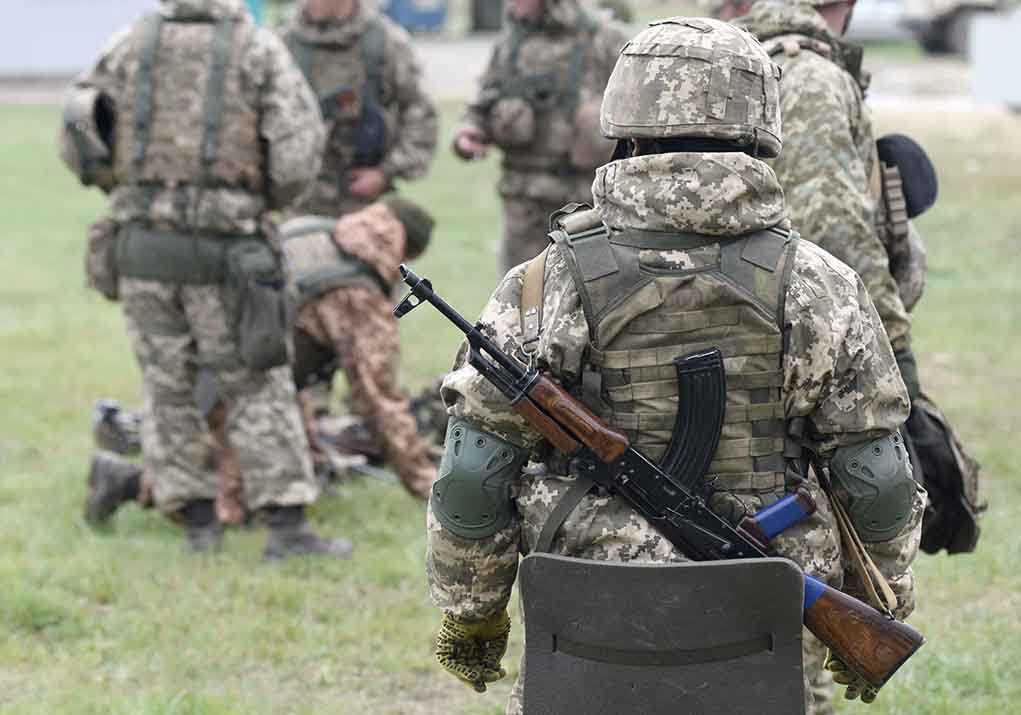
The Pentagon has established two new “National Defense Areas” along the US-Mexico border, creating military buffer zones that allow troops to detain illegal migrants without invoking the Insurrection Act.
Key Takeaways
- The Pentagon is creating two new military buffer zones spanning 250 miles in Texas and 100 miles in Arizona, bringing the total to four “National Defense Areas” along the southern border.
- These zones function as extensions of US military bases, allowing military personnel to temporarily detain undocumented migrants for trespassing without invoking the 1807 Insurrection Act.
- The new buffer zones coincide with record-low illegal crossings under President Trump’s administration, with May apprehensions dropping from 118,000 in 2023 to under 9,000 in 2024.
- Joint Task Force-Southern Border will operate within these zones, focusing on detection, monitoring, temporary detainment, and supporting barrier installations.
- Daily “gotaway” numbers have plummeted from 1,833 under the Biden administration to just 46 under President Trump’s border policies.
Pentagon Expands Military Presence Along Southern Border
The Department of Defense is significantly expanding its presence along the US-Mexico border by establishing two new military buffer zones. These “National Defense Areas” include a 250-mile stretch along the Rio Grande River in Cameron and Hidalgo counties in Texas, which will become part of Joint Base San Antonio, and a 100-mile zone in western Arizona linked to Marine Corps Air Station, Yuma. These additions bring the total number of military buffer zones to four, creating a substantial military presence along critical sections of the southern border.
“The Defense Department is setting up two more military buffer zones along the southwestern U.S. border with Mexico,” stated the Defense Department.
The strategic significance of these buffer zones cannot be overstated. By designating these areas as extensions of military installations, the Pentagon has created a legal framework that allows US troops to temporarily detain illegal migrants for trespassing without invoking the controversial 1807 Insurrection Act. This approach gives the military greater flexibility in supporting border security operations while maintaining respect for the legal boundaries that typically restrict military involvement in domestic law enforcement.
Border Crossings Plummet Under Trump Administration
The establishment of these new buffer zones comes at a time when illegal border crossings have reached historic lows under President Trump’s administration. Recent data reveals a dramatic decrease in unauthorized entries compared to the previous administration. From June 1 to June 22 alone, there were only 5,414 apprehensions and 986 “gotaways,” representing the lowest numbers on record. This stark contrast highlights the effectiveness of President Trump’s border security policies.
The numbers tell an even more compelling story when comparing May 2024 to May 2023. Under the Biden administration last year, Border Patrol recorded approximately 118,000 apprehensions. This May, that number plummeted to fewer than 9,000—a reduction of over 92%. Perhaps most significantly, no illegal migrants were released into the United States during May 2024, marking a complete reversal of previous catch-and-release policies that had allowed countless unauthorized immigrants to enter the country while awaiting court proceedings.
Military Operations Within the Buffer Zones
The Joint Task Force-Southern Border, operating under U.S. Northern Command (Northcom), will manage activities within these newly established zones. Their mission encompasses critical security functions, including detection, monitoring, temporary detainment of trespassers, and supporting the installation of physical barriers. These activities represent a comprehensive approach to border security that leverages military expertise and resources to address the complex challenges of securing America’s southern frontier.
“The Air Force said Wednesday that members of the Joint Task Force-Southern Border, under the direction of U.S. Northcom will operate within the zones,” reported The Air Force.
Early outcomes from existing buffer zones have shown mixed legal results. While some migrants detained within these areas have pleaded guilty to trespassing charges, others have seen their cases dismissed. This variation in legal outcomes highlights the evolving nature of enforcement within these specialized zones. As the program expands, legal precedents are likely to become more established, potentially leading to more consistent outcomes for those apprehended within these military buffer zones.
Dramatic Reduction in “Gotaways” Demonstrates Policy Success
One of the most significant indicators of improved border security under President Trump has been the dramatic reduction in “gotaways”—individuals who cross the border illegally and evade immediate capture. Under the Biden administration, the average daily number of gotaways had reached an alarming 1,833. Today, that number has been reduced to just 46—a staggering 97.5% decrease. This remarkable improvement demonstrates the effectiveness of a comprehensive border security strategy that combines physical barriers, increased personnel, enhanced surveillance, and legal consequences for illegal entry.
The creation of these military buffer zones represents a strategic adaptation to evolving border security challenges. By treating these areas as extensions of military bases, the Pentagon has found an innovative approach to enhance border security while navigating the complex legal framework that governs the use of military forces for domestic purposes. As these zones continue to operate and expand, they may well become a permanent feature of America’s border security infrastructure, providing a critical layer of defense against illegal entry and transnational criminal activity.












